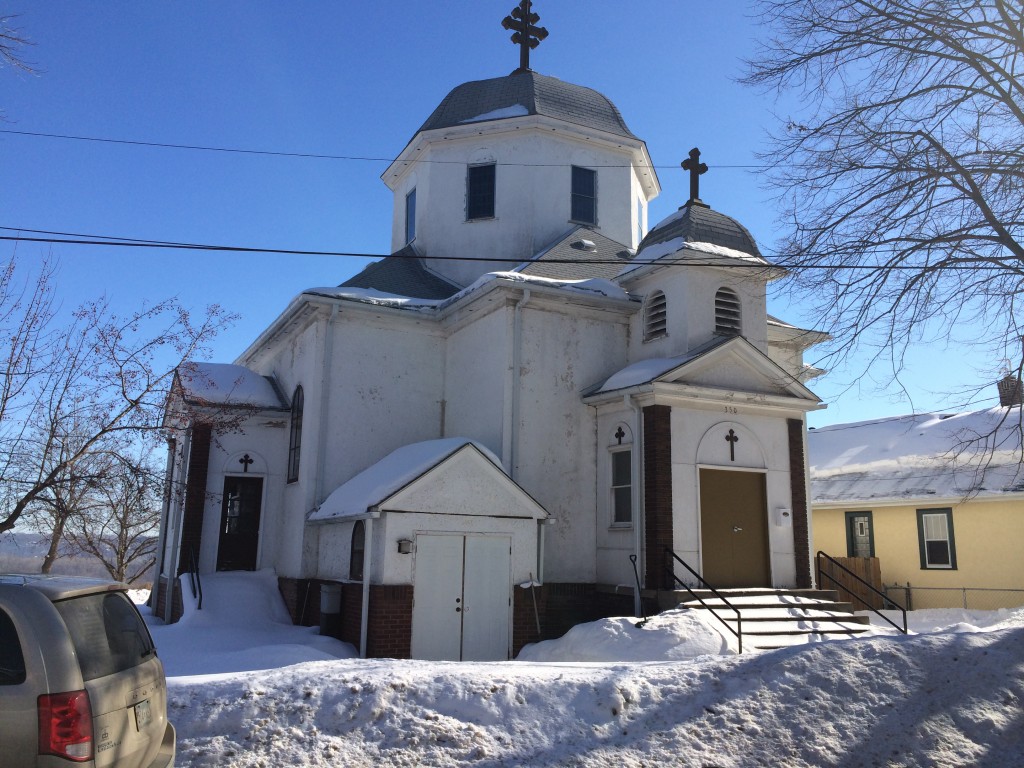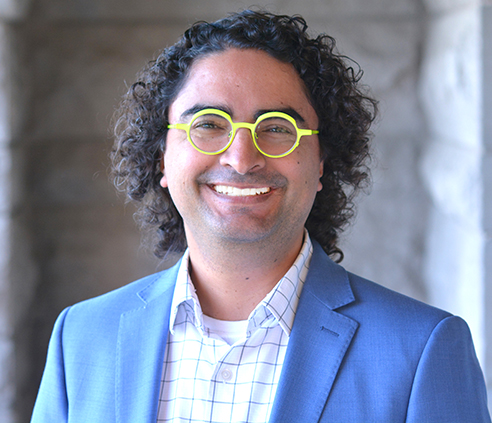Applying for a Minnesota Legacy Grant? 4 Considerations for a Successful Submission
Applying for a Minnesota Legacy Grant can be an intimidating process. That’s why we’ve developed an overview list of four key factors for a successful application, based on our experience with the grant process for historic preservation projects in our office.

Minnesota Legacy Grants provide funding resources for historic preservation projects around the state. The Legacy Grant was developed by the Minnesota Historical Society and the grant’s official name is Historic & Cultural Heritage Grant for Historic Structures. If you have a historic preservation project that you are looking for funding for, these are a great resource for you! However, unless you’re a professional grant writer, the application process can be a challenge.
The following considerations provide an overview of what is required for the application, clarification of some confusing submission requirements, and deadlines for the process.
1. Eligibility
What projects are eligible for receiving a Minnesota Legacy Grant? According to the grants manual (http://legacy.mnhs.org/grants) “Properties must be listed in the National Register of Historic Places to be eligible for a [Minnesota Legacy Grant] project involving construction work.”
Eligible Projects:
-Acquisition of threatened historic property
-Pre-development work for a historic building
-Preparations of a Historical Structures Report
-Completion of re-use study
-Exterior building preservation work
-Interiors systems work
-Restoration of Historic Landscape
-Damage assessment of erosion
-Conservation or stabilization of an archaeological site
Ineligible Projects:
-Interior remodeling or modernization
-General maintenance
-Deferred maintenance
-Excavation of archaeological site for data recovery
-General landscaping/site work
-Moving a historic building
-Additions to historic buildings, even for accessibility
2. Documentation
In addition to general information about the structure (where the structure is located, date constructed, etc.) the following building documentation is required for the Minnesota Legacy Grant application:
Required:
-Scope of Work Form
-Photographs documenting existing conditions
-Plans/drawings that illustrate existing conditions and proposed work
Optional/Preferred:
-Copy of winning proposal for project (if the selection process has already occurred)
-Copy of Historic Structures Report (if available)
-Copy of Conditions Assessment (if available)

3. Minnesota Legacy Grant Application: Project Description
Need and Rationale
Discuss the need for the project by describing the current condition of the property. If you are following the recommendations outlined in a previously-developed planning document, attach a copy of the document. Discuss how the project will follow the process outlined in “Preservation Brief 43: The Preparation and Use of Historic Structures Reports” and how it will conform to the Secretary of the Interior’s Standards for the Treatment of Historic Properties.
Work Plan and Timetable
Provide a project timetable describing the work to be accomplished, who will complete the work, and anticipated dates by which it will be completed. This is a written document, with a 4,000 word maximum.
Enduring Value
Describe in what ways your project will have a lasting impact and value for the community.
Sustainability
Discuss the source(s) of financial resources for the property’s use and continued preservation.
Evaluation Metrics
How will the lifespan of the property be extended by the project and how will the project contribute to the vitality of your community?
4. Deadlines
Small & Structured Legacy Grants award up to $10,000 and can be applied for multiple times during the year. Small grants can be awarded for conducting Historic Structures Reports or Conditions Assessments. Large Legacy Grants are awarded for over $10,000 and are only awarded once a year (Large grants can be award up to $300,000). Deadlines for both are as follows:
Small & Structured Legacy Grants (up to $10,000)
General Deadlines: July, October, January, April
2015 Deadlines
July 10, 2015
October 9, 2015
January 8, 2016
April 8, 2016
Large Legacy Grants (over $10,000)
General Deadlines:
Pre-Applications due in July
Final Applications due in September
Review Committee Meeting in November
2015 Deadlines
Pre-Application due – July 31, 2015
Final Application due – September 25, 2015
Review Committee Meeting – November 5-6, 2015
Note: The review meeting is a two-day process. The first day involves an interview of the applicant, and the second day the review committee deliberates the application and interview(s). Applicants are invited to attend the second day’s deliberation session to hear about why or why not their project will be granted funds.
The Minnesota Historical Society’s Legacy Grant program is an incredible resource for preserving our local cultural heritage. We want to see more and more projects protected for the generations to come. What architecture do you want to see protected? We’d love to hear about how historic architecture has impacted your community’s identity and story.
For more information, questions, or comments, please contact the author, Daniel Kodet, at dkodet@kodet.com with the subject line, “Blog Inquiry: Minnesota Legacy Grant.”

